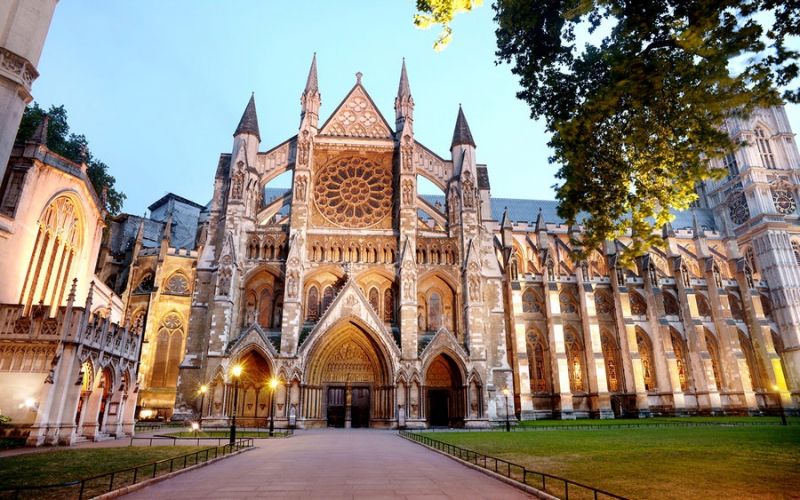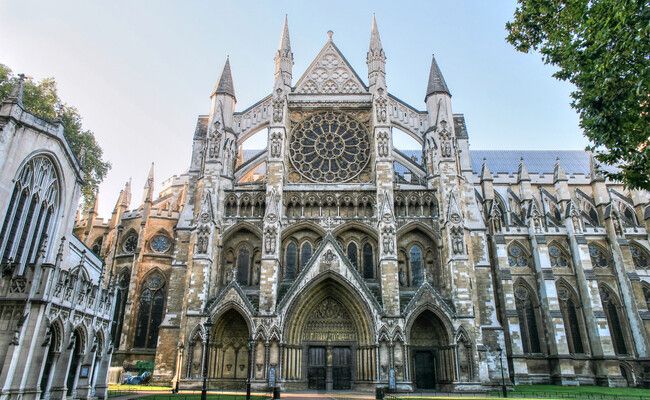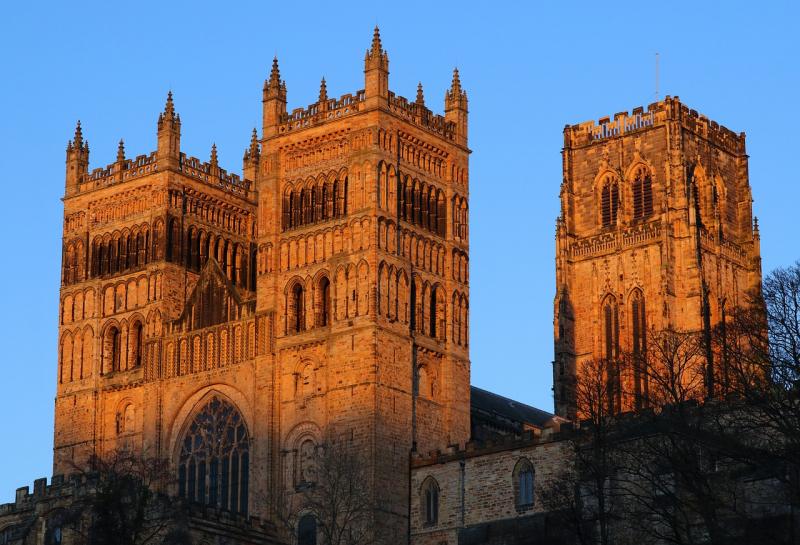Top 10 most famous architectural works in England #3
With an area of about 151,000 square kilometers and a population of about 5.8 million people, England is one of the countries with the most developed economies in Western Europe. Regarding architecture, England has many unique architectural works with characteristic architectural styles. To understand better, let's explore with the most famous architectural works of this country.
7.England museum
The British Museum was founded in 1753, mainly based on the collections of scientist Hans Sloane. It first opened to the public in 1759, at Montagu House, on the site of the present building. The museum's expansion over the following 250 years was largely a result of British colonization and led to the establishment of a number of branch, or independent, institutions, the first of which was the Museum Natural History in 1881.
With a collection of nearly 8 million artifacts collected from every continent, even the most museum-goer will find it difficult to study all of the British Museum in one day. But don't let the museum's size put you off, even if you only have a few hours. The museum is well worth a visit. 
The museum's vast collection was originally built from collections donated and purchased by wealthy British adventurers who traveled widely during the heyday of the British Empire.
8.Westminster Abbey
Westminster Abbey is a Gothic cathedral in Westminster, London, located to the west of the Palace of Westminster. Westminster Abbey is where the coronation ceremonies of British kings and queens are held, and is also the burial place of many people in the British Royal Family and many other famous figures in British history. Along with the Palace of Westminster and Saint Margaret's Cathedral, Westminster Abbey was designated a UNESCO World Heritage Site in 1987.
The architectural style of Westminster Abbey is complex and unique, containing many special meanings in illusory symbols. Inside the monastery are towering domes crisscrossing each other, enough to impress visitors.
Furthermore, typical Norman architectural features such as curved archways, large pillars in the hallway... will also attract visitors' curiosity. The main shrine area has a majestic and magnificent beauty because this is the place where Mass is celebrated with sophisticated and meticulous arrangement of furniture and seats.
9.The Shard building
The Shard is a skyscraper in Southwark, London. The building stands 309.6 meters above ground level, making it the tallest building in Europe as of 30 October 2012. It is also the second tallest freestanding structure in the United Kingdom, behind the 330 meter high radio tower. Emley Moor signal in West Yorkshire. The Shard replaces Southwark Towers, a 24-storey office building built on the site in 1975. Renzo Piano, the architect who designed the Shard, worked with Broadway Malyan Architects during the planning phase .
The most special feature of Renzo Piano's groundbreaking design is the 8 curved sides and white glass material, allowing the building to reflect the surrounding sky and change color during times of day. The load-bearing structure of the building includes a reinforced concrete core space (inside are stairs and auxiliary spaces) and a system of reinforced concrete walls and columns to support floor levels, with variable areas. each floor, gradually shrinking up to the top of the tower
10.Durham Cathedral
Durham Cathedral is home to the Shrine of St. Cushteto, a cathedral in the city of Durham, England, the seat of the Anglican Diocese of Durham. The diocese dates back to 995, with the current cathedral built in 1093. The cathedral is considered one of the masterpieces of Norman architecture and has been listed as a World Heritage Site by UNESCO, along with near Durham Castle, opposite the Blue Palace.
The present church replaces the 10th-century "White Church", built as part of a monastic foundation to house the Shrine of St. Cubbeto of Lindisfarne. Durham Cathedral's precious artifacts include the relics of St. Cushteto, the head of St. Oswald of Northumbria and the remains of St. Bede the Venerable. In addition, the library contains one of the most complete sets of early books printed in England, monastic records, monastic accounts before the dissolution, and three copies of the Magna Carta.






































